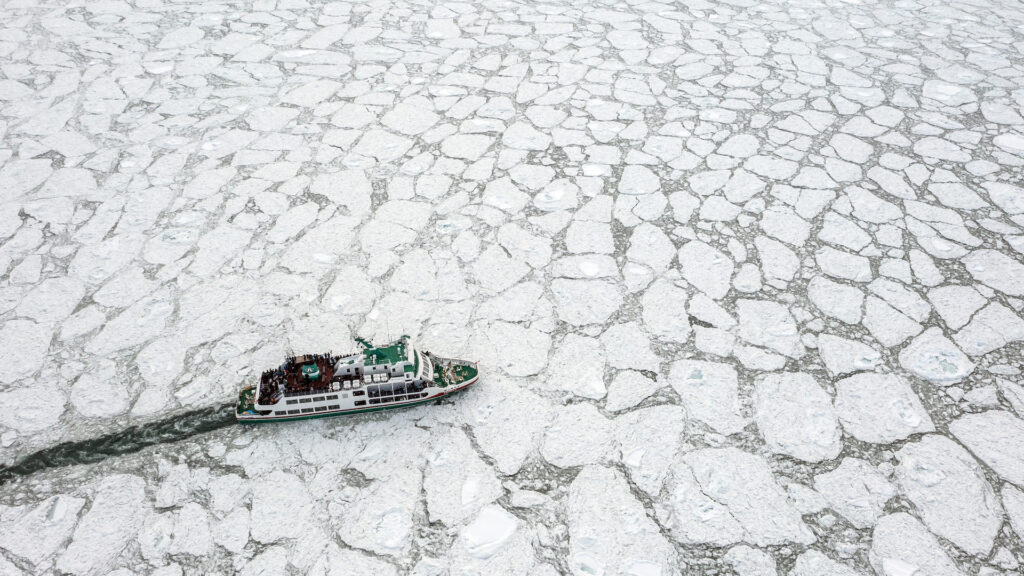
Extinction Rebellion environmental activists wearing outfits with "G Club 7" on their backs dance as they stage a Green Wash demonstration during the G7 summit on June 13, 2021 in St Ives, England.
Photo by Jeff J Mitchell/Getty Images
The number of climate change-related litigation cases has more than doubled since 2015, reaching a total of 2,000 recorded cases worldwide. In the past, climate litigation has been mostly an instrument used to enforce or enhance climate commitments of governments or major emitters. But over time, climate litigation has broadened to include disingenuous climate commitments and greenwashing.
Swenja Surminski of Marsh McLennan Advantage Insights is joined by colleagues Maureen Gorman and Stephanie Manson, as well as Nigel Brook of law firm Clyde & Co., to discuss what to make of climate litigation’s evolution and how to prepare for its expanding risks.
On sectoral and geographic hot spots:
The targets for litigation are still mainly governments. But we’re increasingly seeing companies and now sometimes directors being sued as well. The obvious sectors … energy, oil and gas, and now power as well. But also … automotive, cement, airlines, and also in investment and banking, where there’s strategic litigation trying to force investment funds and banks down a certain path.
In terms of geographies … about three-quarters of cases are in the USA. But where we’re seeing big rises and real hot spots include Australia … Europe … specifically Netherlands, Germany, and, to an extent, the U.K.
On climate litigation’s evolution:
Climate litigation risk is evolving … we’re seeing novel approaches, so whether ultimately from a directors and officers point of view, it will end up being a risk similar to other event-driven style D&O claims, or whether there will be new theories of liability remains to be seen.
On greenwashing:
Greenwashing is a really acute risk at the moment. … Investors, customers, rating agencies, to an extent, regulators now putting pressure on companies to report but also to declare ambition, so companies feel obliged to say something … but can they actually deliver? … Is it accurate, if it’s about a target … is it actually achievable? … Maybe when they get into fine detail [they discover] you can’t do it.











